In the second (and last) of my tests between the new Fujifilm X-E2 and X-E1, I take a look at the image quality over the ISO range in RAW, using Lightroom 5.3 RC. I’d like to do the comparison in Capture One 7 (and I may revisit it later), but right now Capture One doesn’t support the X-E2 RAW files.
The Fujifilm X-E2 has a number of improvements over the X-E1, though almost none of them relate to image quality. The X-E2 has a newer sensor, the X-Trans CMOS II, but the primary difference is the addition of phase detection pixels, rather than an improvement in the imaging properties of the sensor. However, the X-E2 RAW files are 14-bit, vs the 12-bit X-E1 files, so there is potentially an improvement to be had, at least in extreme circumstances. Let’s take a quick look.
To set up the test, I took the X-E1 and X-E2 with the Fujinon XF 35mm f/1.4 at f/5.6 and placed each camera on a tripod, focusing on my bookshelf. I then took the same exposures (same ISO, aperture and shutter speed) for ISO 200, 800, 1600, 3200 and 6400 and examined the output.
One thing I noted is that straight out of camera, the X-E1 files appeared a little sharper. Delving deeper, I didn’t see any actual resolution difference, but rather a difference in the amount of sharpening present in the RAW file. The X-E1 seems to have some sort of default sharpening. Small adjustments in the Lightroom sharpening yielded essentially identical levels of detail. (X-E1 at 29 amount, 0.9 radius, 37 detail, X-E2 at 37 amount, 0.9 radius, 50 detail). Interesting. Cranking sharpening on both didn’t yield any more usable data on the X-E1 file, just more sharpening artifacts. Since level of sharpening can have an impact on perception of noise, I equalized sharpness for the same output to compare noise output (Without this, the X-E2 files would appear slightly less sharp but significantly better in noise performance).
Next, I took crops from the images. The best spot to examine any differences was actually about 25% into the frame on the left side, where there was a range of tones and some deep shadows. This area was very slightly behind the focus point, but is within the depth of field, so the resulting crops are not the sharpest areas of the image, but are ideal for showing tonal transition and noise.
The crops below show the X-E1 and X-E2 at full stop ISO increments in this region. To see the image at 100%, click below to enlarge, then press the green arrow at the bottom of the screen to zoom to 100%.
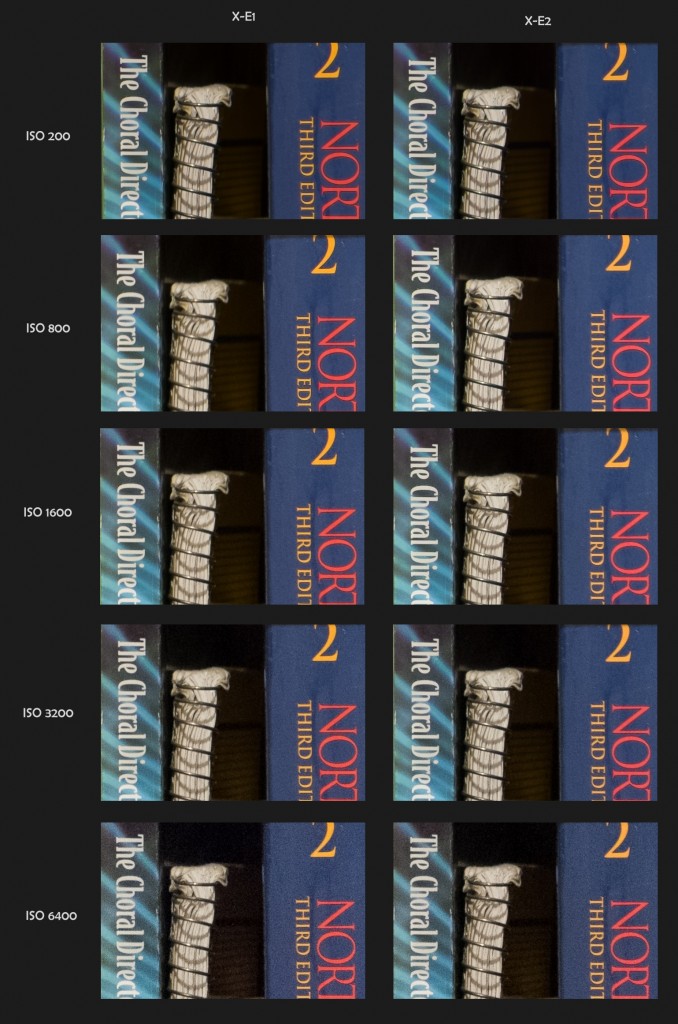
At ISO 200, I see no real tangible difference between the two images. While the X-E2 file is 30% larger, there’s no real advantage at lower ISOs that I can see, at least without manipulating the files (which I’ll get to later). At ISO 800, though, the X-E2 looks every so slightly cleaner to my eye, and this continues at the higher ISOs. While not an enormous difference, it is there when viewing at 100%, though you’d be hard pressed to notice it in a print or final web presentation.
Next, I wanted to show the point of focus to see if there is a resolution advantage or disadvantage with the new X-E2. For this purpose, I show crops at ISO 200, 1600 and 6400. Again, to enlarge to 100%, click the green arrow after clicking the image.
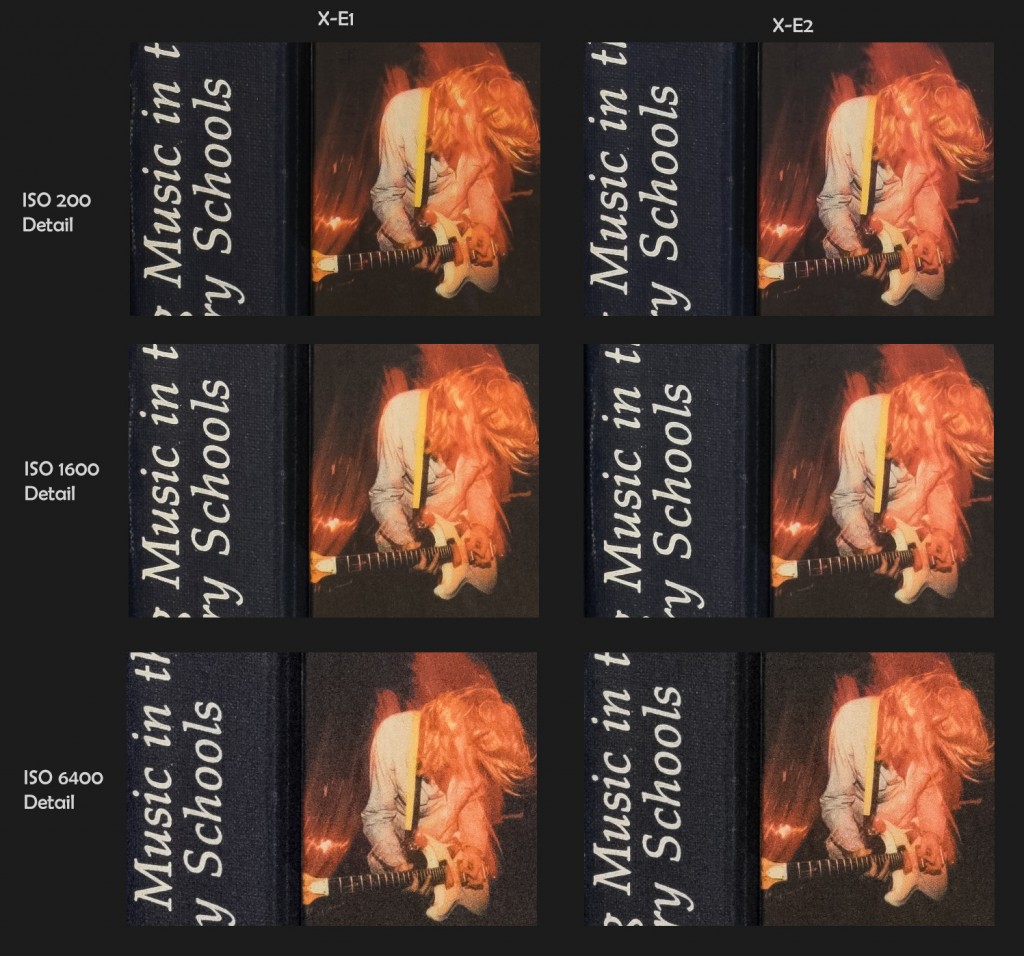
To my eye, detail levels are extremely similar, and ISO 200 crops again are essentially indistinguishable. At 1600 and 6400, again you can see that the X-E2 is slightly cleaner, especially in the darker areas. Again, this isn’t a large difference, but could be equivalent to 1/3 to 1/2 stop improvement. Finally, I wanted to see if the 14-bits of data allowed for added flexibility when pushing the shadows. I pushed the shadows +85 in Lightroom and again compared the crop area from the first series.
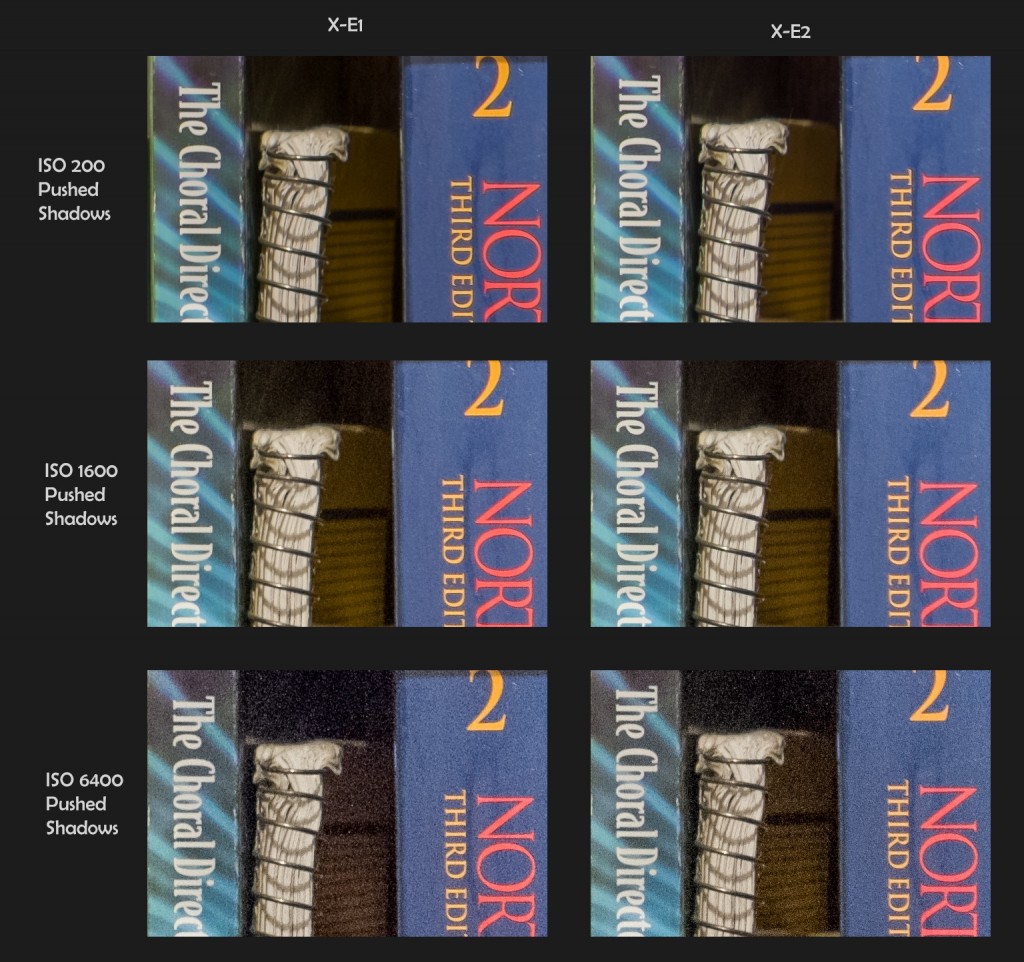
Does 14-bits make a difference? Maybe. But if so, only slightly. There are similar noise levels in the pushed shadows, though, especially at 6400, the color information is better retained in the X-E2, which is most notable by the warm color of the notebook in shadow.
So, the final verdict? The X-E2 has a very slight edge in RAW performance over the X-E1. However, it’s not something that is a big enough difference to sway an upgrade, in my opinion. The reasons to upgrade from the X-E1 to the X-E2 are predominantly due to improvements in speed and usability. If you want more information on either camera, check out my full, in-depth reviews of the X-E1 and the X-E2.

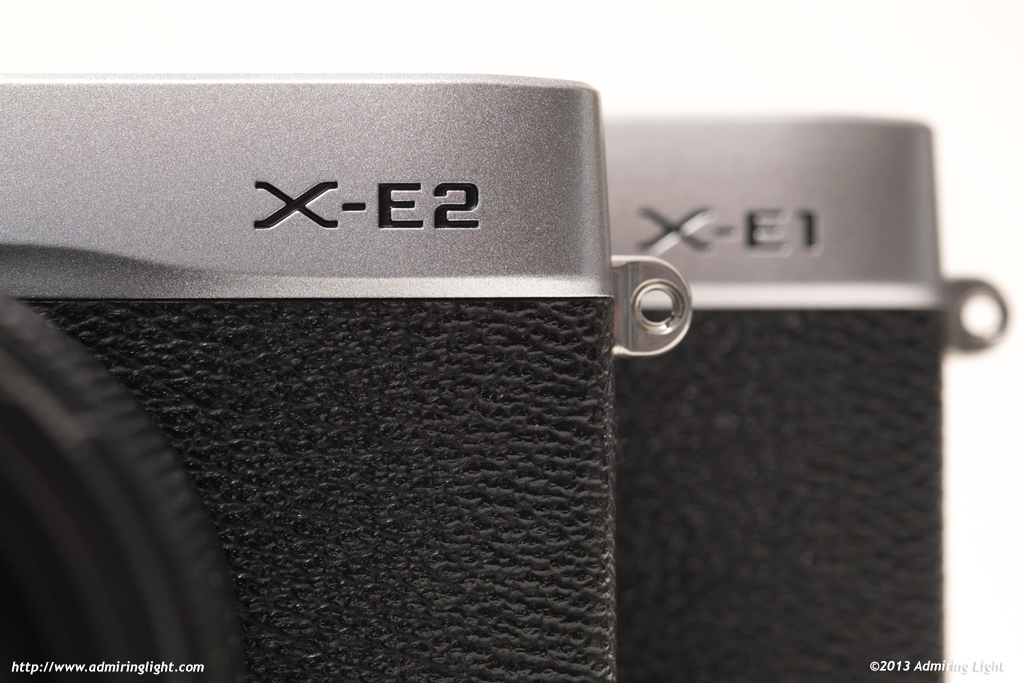

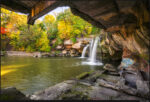

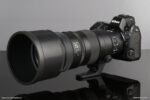
Leave a Reply